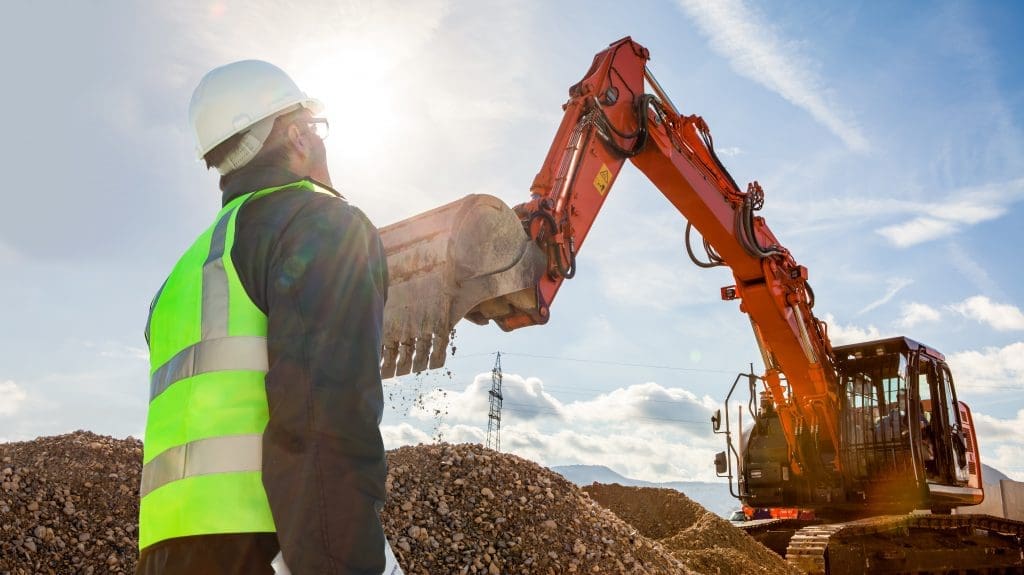Construction projects usually take multiple kinds of heavy equipment to finish the job. Some machines are more versatile than others. Sometimes, there’s no substitute for heavy equipment that is specifically designed to tackle a certain task.
In this brief guide, we’ll break down a few different kinds of heavy equipment used in the construction industry.
4 Types of Heavy Equipment Used in Construction
Bulldozer
- Bulldozers are surprisingly versatile machines thanks to their size and power. Equipped with broad, flat blades on the front, bulldozers push large masses of earth.
- They are frequently used for grading, as their sheer mass and power flattens most things in their path.
- Bulldozers also come in a variety of sizes, which allows for more options, depending on the kind of job being done.
Excavator
- As its name suggests, an excavator’s primary function is to dig and clear out areas for construction. Excavators can perform a wider variety of tasks in construction, too, such as demolishing structures and cutting brush.
- Much of an excavator’s versatility lies in the wide array of attachments available. Such attachments include grapples, hammers, augers and rakes.
- An excavator’s cab can rotate a full 360 degrees, allowing a level of versatility that few other heavy equipment machines can touch.

Loader Backhoe
- Loader backhoes combine the boom and bucket of an excavator with the plate and power of a bulldozer. They can dig and fill holes and have the added capability of pushing dirt, debris and other materials.
- Like excavators, backhoes provide additional versatility with the number of different attachments available for the end of the boom. Such attachments include different sizes of buckets.
- Backhoes are perfect for smaller jobs that require the capabilities of excavators. Their maneuverability and mobility are added benefits that make them assets to any construction team.
Skid Steer Loader
- Primarily, skid steer loaders are used to push and carry dirt and other materials in their long, wide buckets. But the bucket is just the beginning of what is possible with skid steer loaders.
- Like excavators and backhoes, skid steer loaders have no shortage of attachments that increase the machine’s utility. These attachments include mulchers, trenchers and tillers.
- Skid steer loaders share the backhoe’s advantages of size and maneuverability, which allows them to fit where larger machines can’t.
How would you like to learn to operate heavy machinery like the equipment in this handy guide? You’re in luck because we can help you on your way to a career in construction.
Learn from the pros at HEC
At the Heavy Equipment Colleges of America (HEC), we teach aspiring heavy equipment operators like you how to master the heavy equipment skills you need to succeed.
HEC offers these Certificate of Heavy Equipment Operations programs:
- Heavy Equipment I
- Heavy Equipment II
- Lattice Boom Crane
- Mobile Crane
- Tower Crane
- Fixed Cab Crane Operation with Rigging and Signaling
In each of our three-week programs, you’ll learn the ins and outs of how machines function, as well as safety practices, pre-shift inspections and proper practices for their operation.
Our experienced instructors will teach you everything you need to know to operate heavy equipment safely and effectively.
At the end of our programs, you can be qualified to pursue entry-level heavy equipment operator jobs.
For more information or to schedule a visit at one of HEC’s four campuses across the country, log on to Heavyequipmentcollege.edu today.

